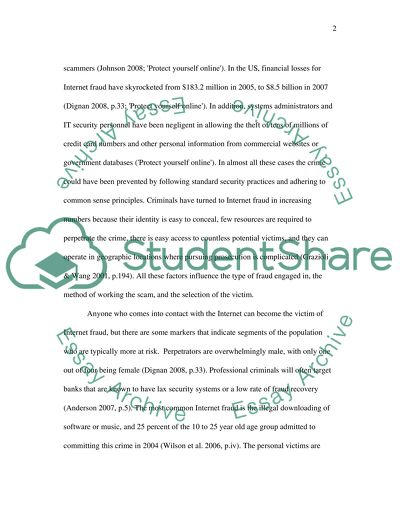Cite this document
(“Internet Fraud and the Need For Public Education Essay”, n.d.)
Retrieved from https://studentshare.org/law/1522290-internet-fraud-and-the-need-for-public-education
Retrieved from https://studentshare.org/law/1522290-internet-fraud-and-the-need-for-public-education
(Internet Fraud and the Need For Public Education Essay)
https://studentshare.org/law/1522290-internet-fraud-and-the-need-for-public-education.
https://studentshare.org/law/1522290-internet-fraud-and-the-need-for-public-education.
“Internet Fraud and the Need For Public Education Essay”, n.d. https://studentshare.org/law/1522290-internet-fraud-and-the-need-for-public-education.


